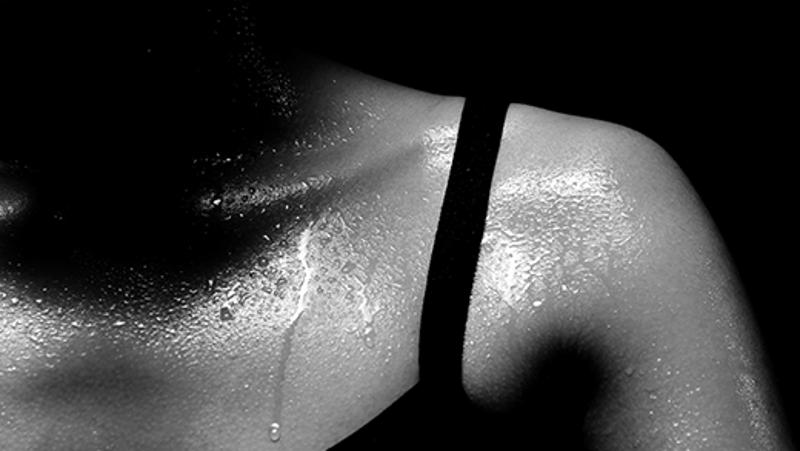
Resolved to get fit this year? Ease into it – going like a bull at a gate when starting an exercise program is never a good idea, but when the heat is on, extra precautions are needed.
Top tips from QUT thermoregulation expert and sports physiologist Dr Andrew Hunt for exercising in toasty temperatures to avoid heat exhaustion or worse, deadly heatstroke:
Watch the humidity
- Air temperature above 31°C with a relative humidity of more than 50 per cent put you at high risk of heat stress
- Sweating is your body’s go-to way of regulating your temperature but if the air is already loaded with water, sweat can’t evaporate so you lose that cooling mechanism
- Avoid the hottest part of the day - 11-3pm
Hydrate
- Drink at least 500mls of water two hours before exercising
- Keep drinking water during exercise and recovery
Adapt your training
- Lower exercise intensity or shorten exercise duration, or both
- Take longer breaks to recover
- Build up your exercise program gradually – regular exercise will help you acclimatise and cope with exercise in the heat.
Be aware
- Stop exercising if you feel unwell
- Avoid exercise in the heat if you’ve been unwell or are still recovering from an illness
- Look for signs and symptoms of heat stress in yourself and others
- Signs of heat exhaustion include light-headedness, nausea or vomiting, unusual fatigue, low blood pressure and fainting or collapse
- Treatment: rest in a cooler environment- shade or air-con, lie down with legs raised, drink cool water. If symptoms worsen or the person loses consciousness, call an ambulance
Dr Hunt said heatstroke occurred when the body’s ability to lose heat cannot keep up with heat gain.
“Heat stroke can occur when body temperature reaches 40° or more. Signs include confusion and disorientation, dizziness, loss of balance and coordination, and unusual behaviour such as irrationality, aggression or inappropriate comments. The person may collapse and become unconscious.”
Heatstroke first aid
- Call an ambulance on 000 heat stroke is a medical emergency
- Rapid whole body cooling is needed to prevent permanent damage
- Fast cooling can be achieved by immersing the person in cold or icy water
- Ice packs on the neck, underarms and groin also promote body cooling
- Misting the skin with water and fanning can be effective in low humidity.
QUT Media contacts: Niki Widdowson, QUT media officer, 07 3138 2999 or n.widdowson@qut.edu.au
After hours: Rose Trapnell, 0407 585 901 or media@qut.edu.au.


